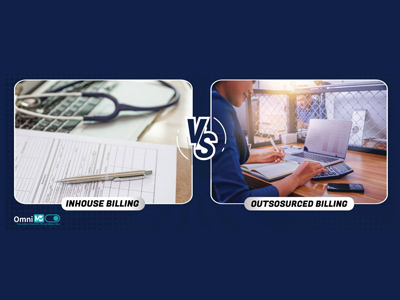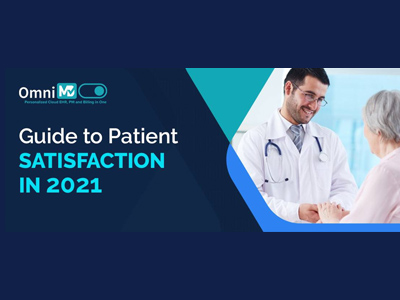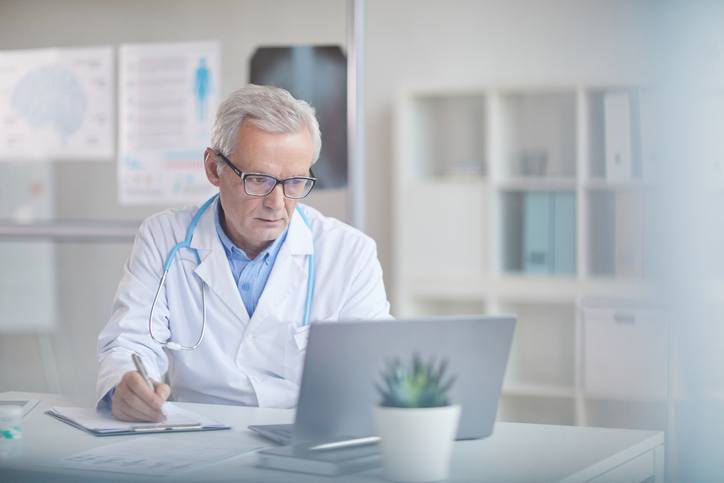
Can a Billing Partner Help Improve Your Revenue
Can a Billing Partner Help Improve Your Revenue
September 16, 2021
Even before the COVID-19 pandemic, the dilemma of whether to do in-house medical billing or outsource medical billing beleaguered many physician-owned practices. Now that the healthcare industry is inundated with COVID patients and people suffering long-COVID symptoms, physicians are discovering the numerous benefits of relying on billing partners. According to Grand View Research, the medical billing partner market is expected to exceed $19 billion by 2026. That’s a nearly 12 percent annual growth rate!
How Can a Billing Partner Improve Medical Revenue?
Ensures Accurately Coded Claims
What is fueling this rush by physicians to find the best medical billing partner they can depend on for superior service? One of the leading reasons behind the skyrocketing billing partner market involves the necessity for filing claims correctly. Unless claims are coded accurately and error-free, they will be returned and the physician will suffer an interruption in cash flow.
An estimated 80 percent of medical claims and billing documents contain at least one error that prevents physicians, clinics and hospitals from getting paid. With over 80,000 diagnostic and procedure codes to comb through, medical assistants and physician staff simply don’t have the time to consistently submit 100 percent accurate claims. Unfortunately, the cycle of submitting claims, getting back rejected claims, finding and fixing errors and resubmitting them can force providers to wait for months before receiving payment.
A professional medical billing partner provides trained, knowledgeable billing and coding specialists who’s job is to do one thing: submit correct claims the first time. This allows physicians and their staff to focus solely on patients and running the office as efficiently as possible.
Handles the Collections Process
One of the most time-consuming tasks of a physician’s practice is collecting past due payments. Doctors can tell you from experience that simply sending past due notices is ineffective for settling a past due bill. Moreover, when doctors decide to sell a debt to a collection agency, they lose most of that revenue.
Billing partners take care of collecting past due payments. They employ individuals who specialize in collecting debts by working one-on-one with patients, verifying addresses of patients who have moved and informing patients of payment options available, such as credit cards, other types of insurance or local social agencies.
Increases Revenue by Adhering to Insurance Regulations
Major insurance companies, including Medicaid and Medicare, are constantly changing guidelines regarding what treatments they cover, patient eligibility and how much they will pay for certain procedures. Trying to keep up with the constant deluge of modifications to insurance rules is literally a full-time job that a busy physician’s office finds difficult to manage properly.
A medical billing partner stays up-to-date in real time to changes made by health insurance companies. This means claims won’t be rejected for including obsolete or incorrect data. In addition, many updated insurance guidelines for Medicaid or Medicare come from changes made by the federal government. Continuous noncompliance with federally mandated adjustments may result in losing compensation provided by Medicaid and Medicare.
Is Outsourcing Medical Billing Right for Your Practice?
Consider the following summary of the benefits of hiring a medical billing partner:
- Significantly improves cash flow and revenue by eliminating costly errors and claim returns
- Reduces overhead expenses
- Less expensive than purchasing and constantly upgrading medical billing software (software cannot manage debt collections nor handle problems best suited for human-to-human contact)
- Professional medical billing partners provide detailed monthly reports regarding claims sent, collections, payments and other important items
- Allows physicians and staff to spend more quality time with patients
- Ensures physician practices comply with ever-changing federal insurance regulations
Call today to learn more about how a medical billing partner can give the advantages you need to make your practice a long-term success.











